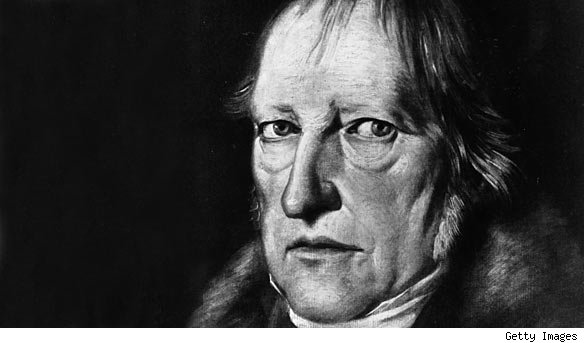Philosophy in Images: Analogies in Diderot’s D’Alembert’s Dream
DOI:
https://doi.org/10.14232/kulonbseg.2011.11.1.26Abstract
In the 18th century literature and the sciences were considered complementary to each other. The Encyclopaedia’s entries explain that sciences help the improvement of literature, while science is made enjoyable by literature. Similarly, Diderot explains that philosophy, literature and the sciences assist each other. Diderot’s materialist philosophy of nature holds that nature has never been and will never be the same as one sees it in the present because the material of the Universe is always in motion. Therefore it is not sufficient to contemplate what is given in nature but all its possible versions should be accounted for. One can reveal necessary connections in nature by relying on one’s imagination, observations and suppositions. Diderot often reflects on the problem of the language of philosophy, and he uses many images in his philosophical texts that create his unique style. Senguin claims Diderot has created “the philosophy of images.” The paper names these images “analogies” and defines analogy as one version of the simile.
The paper argues that Diderot relies on analogies to describe processes of the human body, and that these analogies function to trigger the imagination of the reader. Diderot’s use of rhetorical tropes in philosophical and scientific texts were often criticized by his contemporaries, as there was no sufficient vocabulary to describe this style at the time. The paper claims that the analysis of how literary, philosophical, and scientific discourses interact in texts of the 18th century shows what the contemporary debate on style was about.






